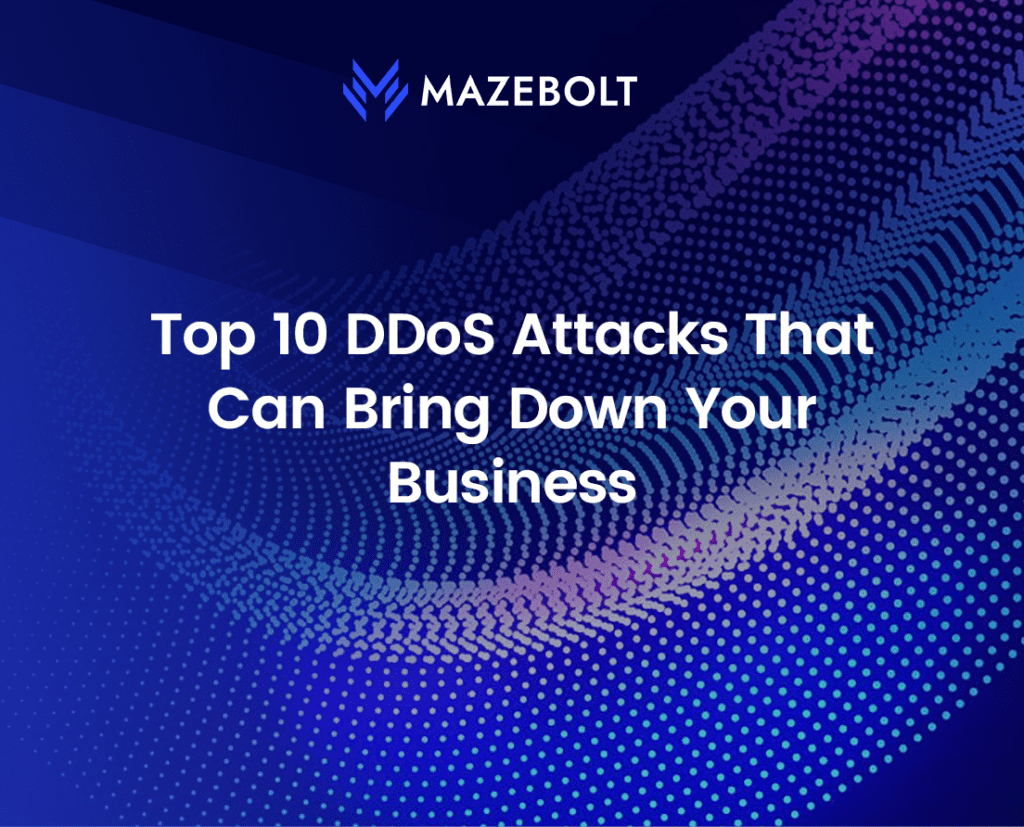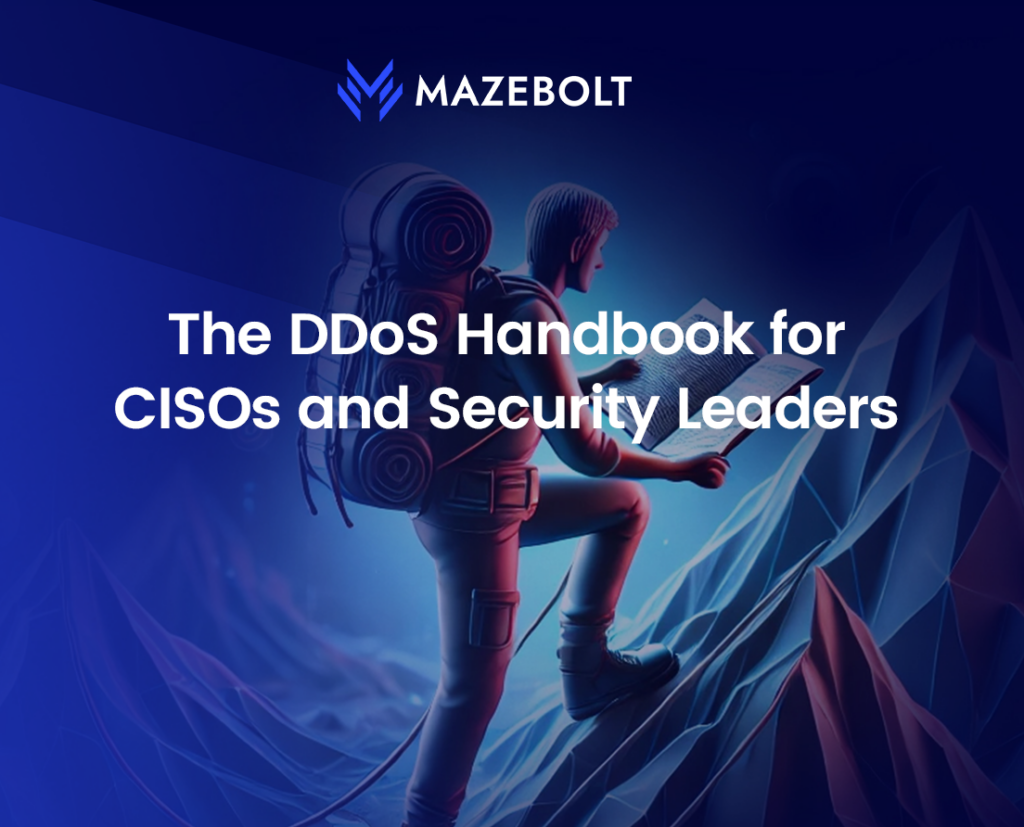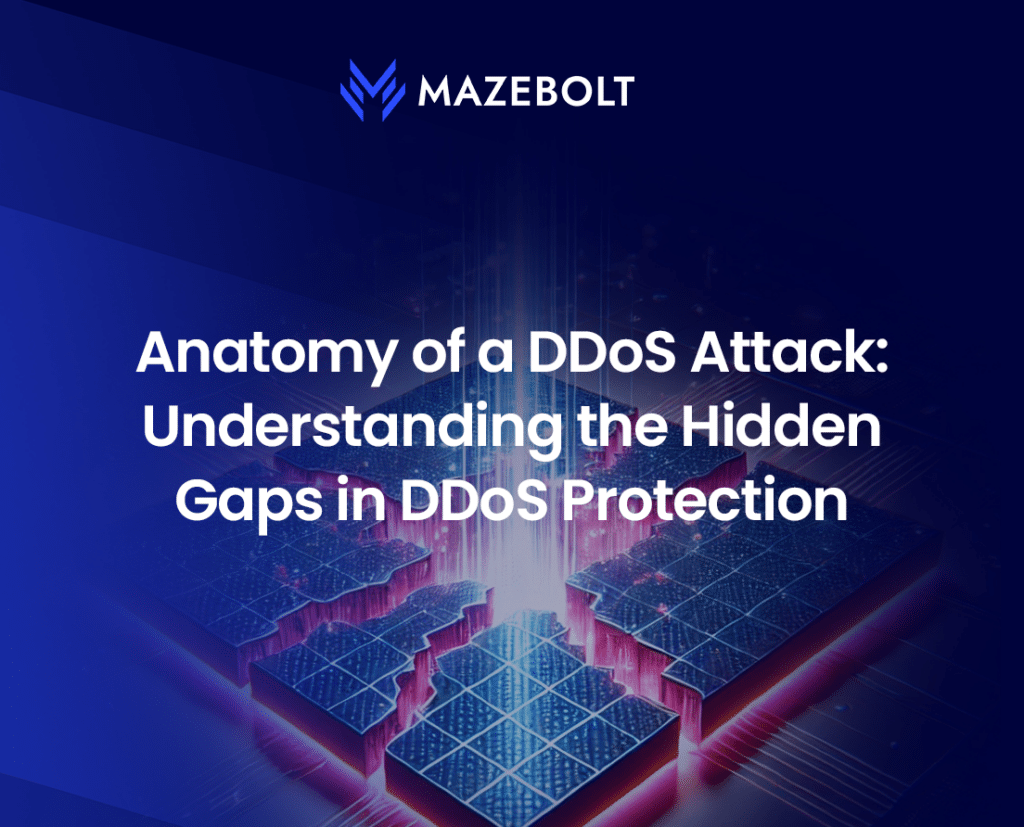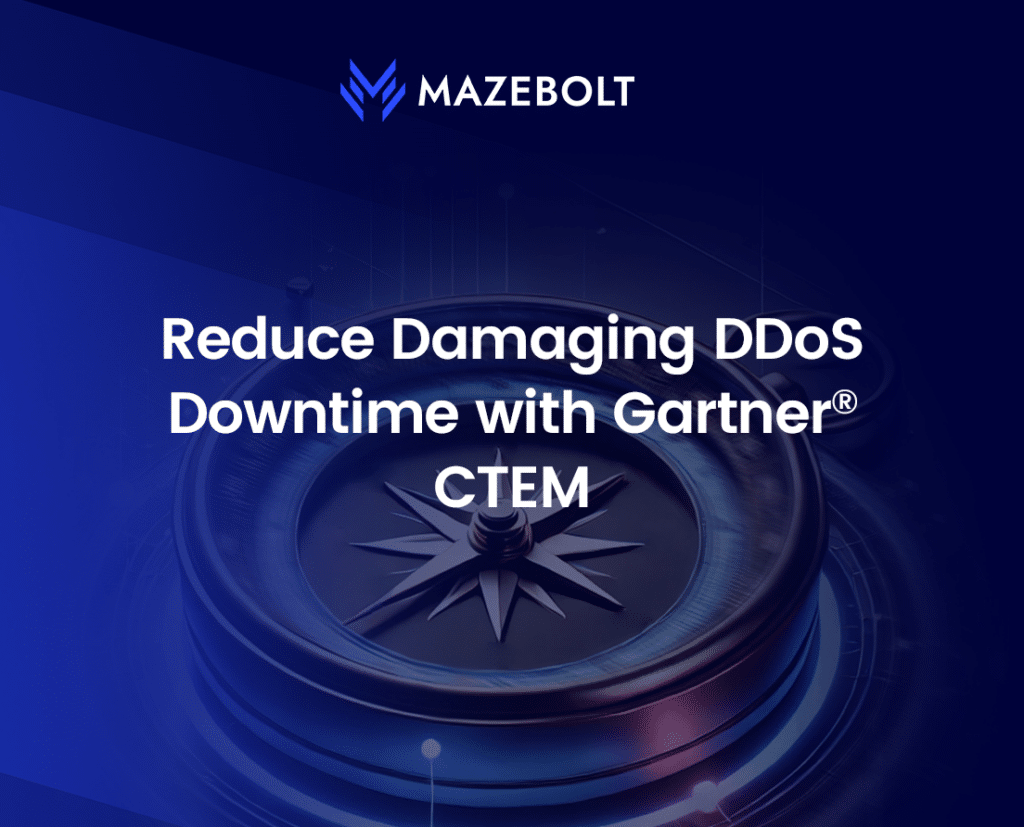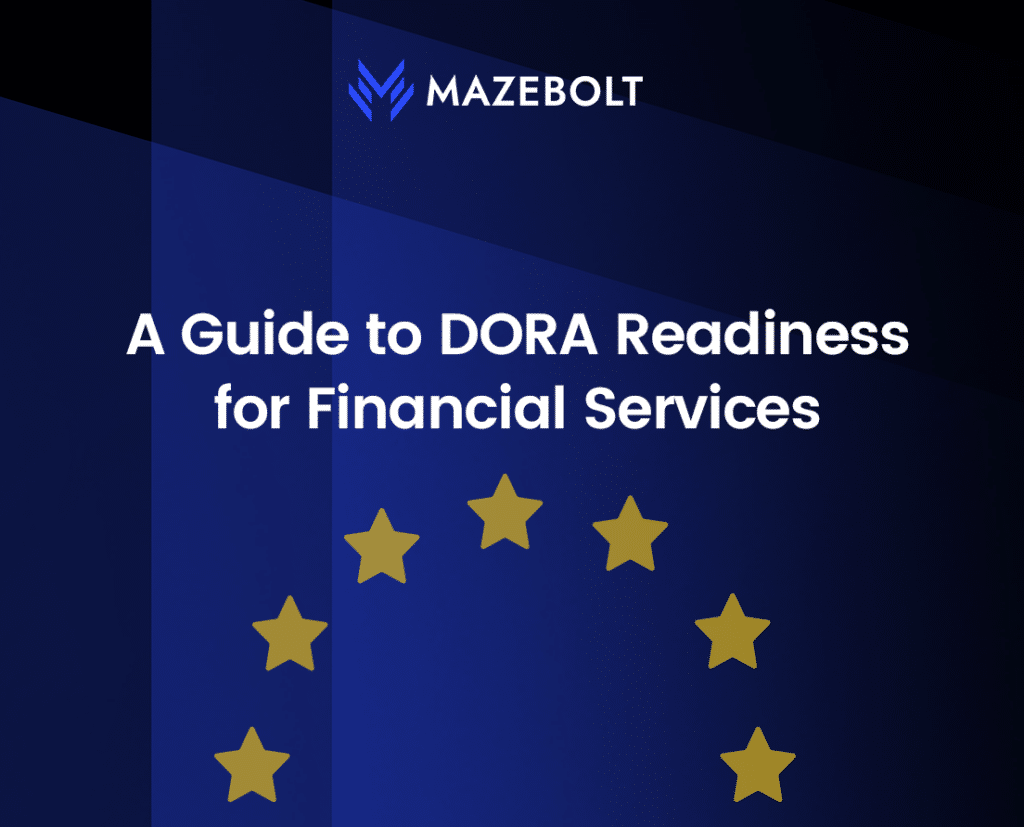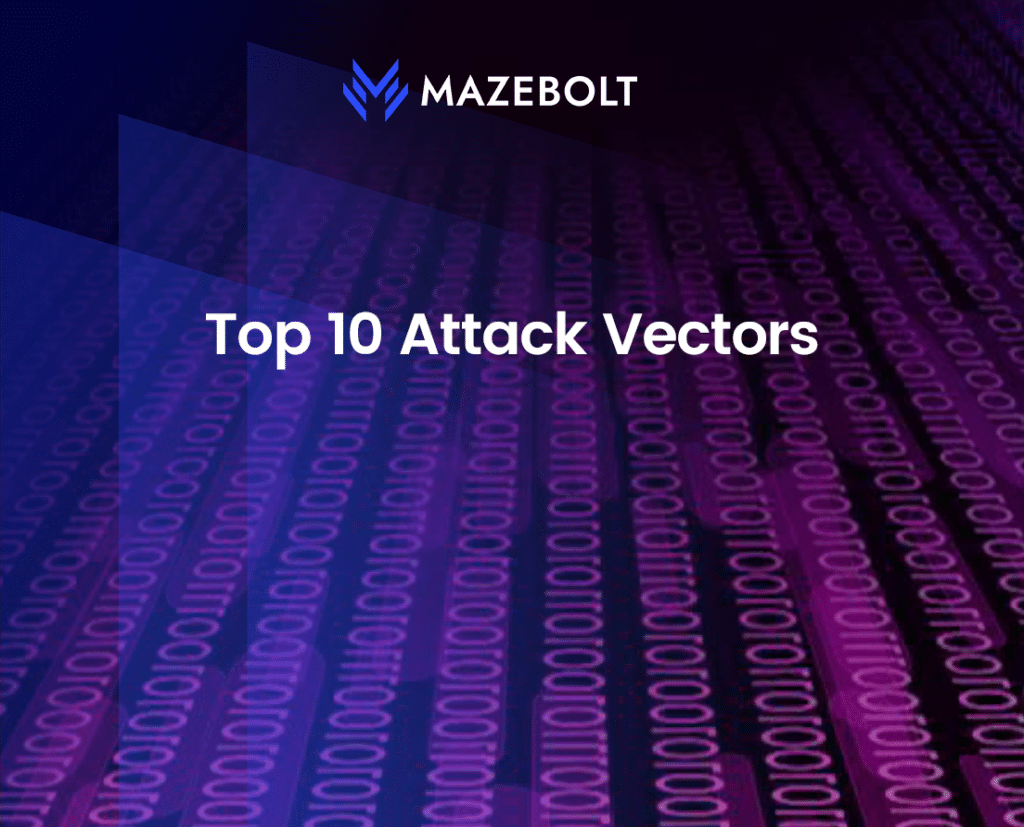Resource Center
Learn More About Continuous DDoS Vulnerability Management
eBooks

AI-Powered Cyber Threats and the Future of DDoS Defense
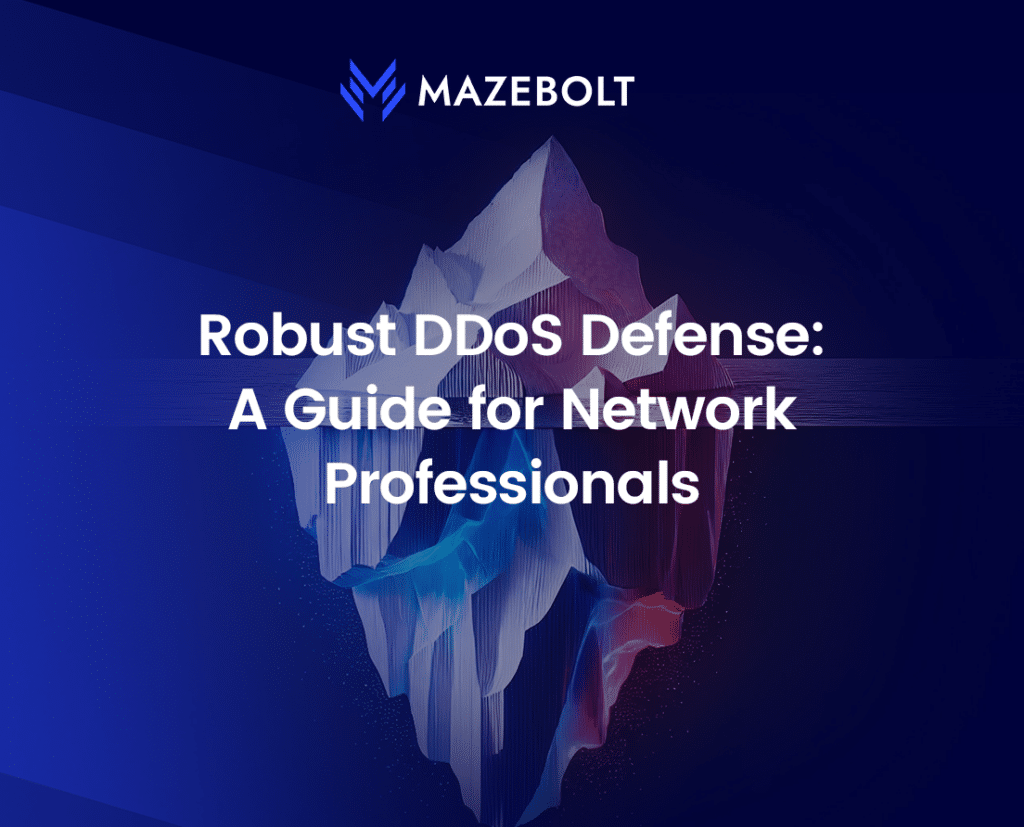
Robust DDoS Defense: A Guide for Network Professionals

What Most DDoS Protection Vendors Don’t Want You to Know

Cyber Awareness for Kids: Cyber Heroes and the DDoS Defense
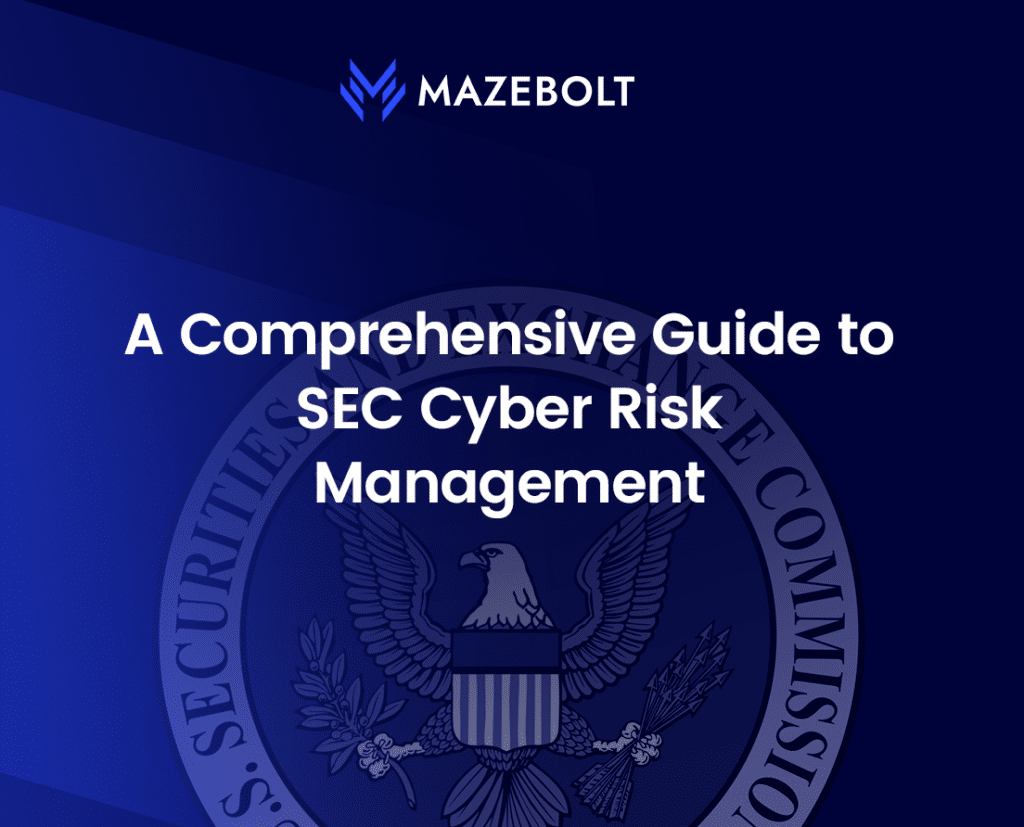
A Comprehensive Guide to SEC Cyber Risk Management
